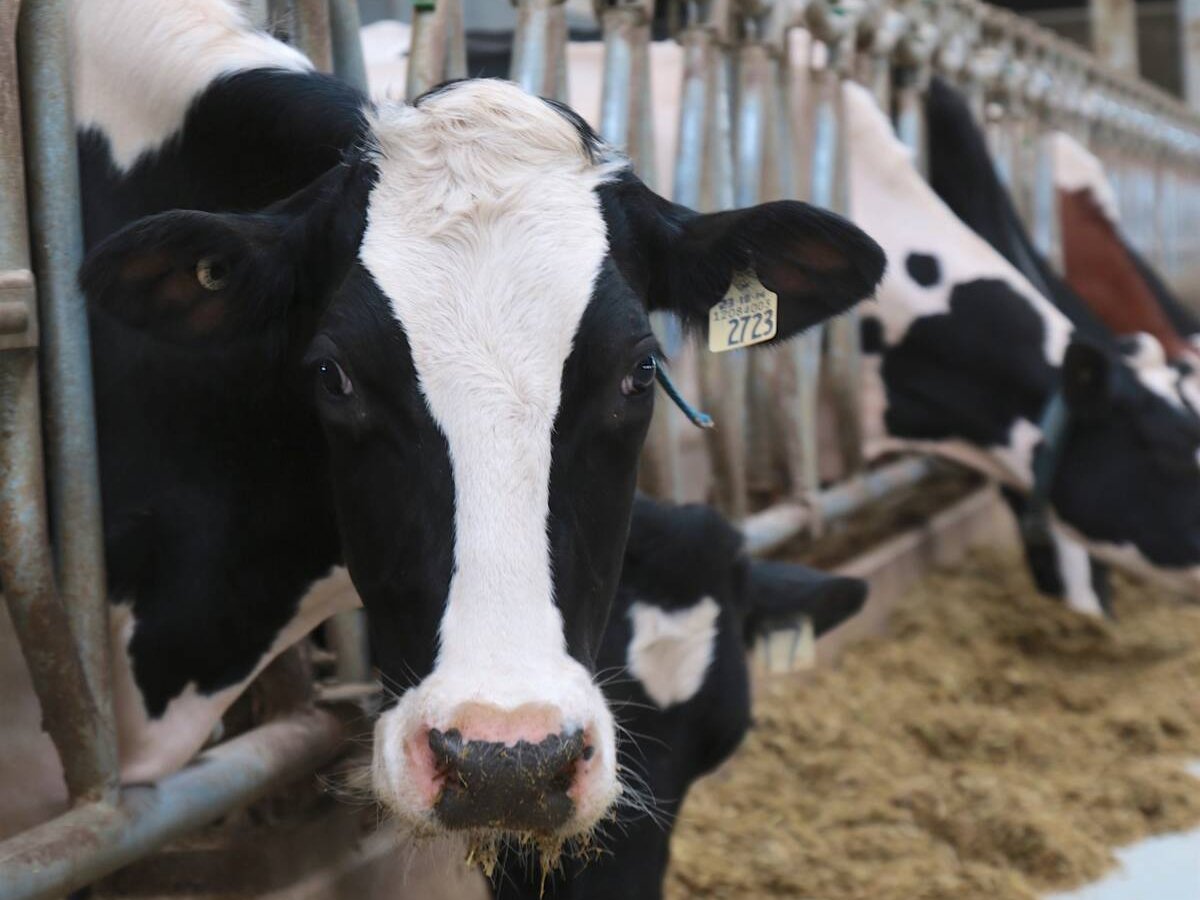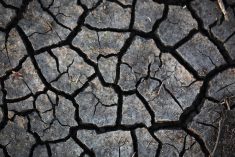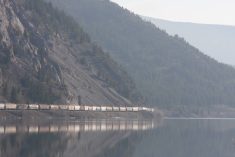Red River Valley farmers should be beaming at early 2011 crop profit projections by Manitoba Agriculture, because a number of the valley’s favourite crops top the list.
Also, as farmers across the Prairies have discovered with their pencils this winter, flax and canola look much better on paper than wheat and barley.
Canola, based on current costs, futures and basis, will make a Red River Valley farmer $111 per acre above operating costs, while hard red spring wheat will make $92 per acre.
Corn, which is a big crop in the valley, is the third-highest margin-maker at a likely $138.50 per acre, while barley is at the bottom for the major crops at only $70 per acre.
Read Also

The Organization for Economic Co-operation and Development lauds Canada’s low farm subsidies, criticizes supply management
The Organization for Economic Co-operation and Development lauded Canada’s low farm subsidies, criticized supply management in its global survey of farm support programs.
Oats, a big crop in the valley as well as from Yorkton, Sask., to Edmonton, is the second-most profitable crop at $150 per acre, while the top crop is confectionary sunflowers, at $187.
Manitoba Agriculture farm management specialist Dan Caron presented his breakdown of projected crop profits for 2011 at St. Jean Farm Days in St. Jean Baptiste, Man.
The numbers are based on average Red River Valley costs and yields, so they would be different from projections for western Manitoba and the rest of the Prairies, Caron said.
Costs and prices will also change as the year progresses, with futures, basis and fertilizer prices capable of moving significantly before seeding.
Caron said profitability projections based on western Manitoba costs will be available at Manitoba Ag Days in Brandon Jan. 18.
However, the profitability spread between crops is the most important information for a farmer picking his 2011 acreage.
Soybeans, which have been surging in acreage in the Red River Valley, are halfway down the profitability list, at $104.50 per acre, one step below canola.
Caron’s profit projections are based only on operating costs and exclude labour and fixed costs such as machinery depreciation, land investment and storage.
He said he did that because that’s what most farmers do, but added farmers should include those costs to understand their true profit picture.
The biggest cost is fertilizer, Caron said, and in eight of the past 10 years fertilizer prices in the fall have been lower than in the spring.
That is the case this crop year, with 46-0-0 at $480 per tonne in the fall but $570 now, and 11-52-0 at $675 in the fall but $770 today.















